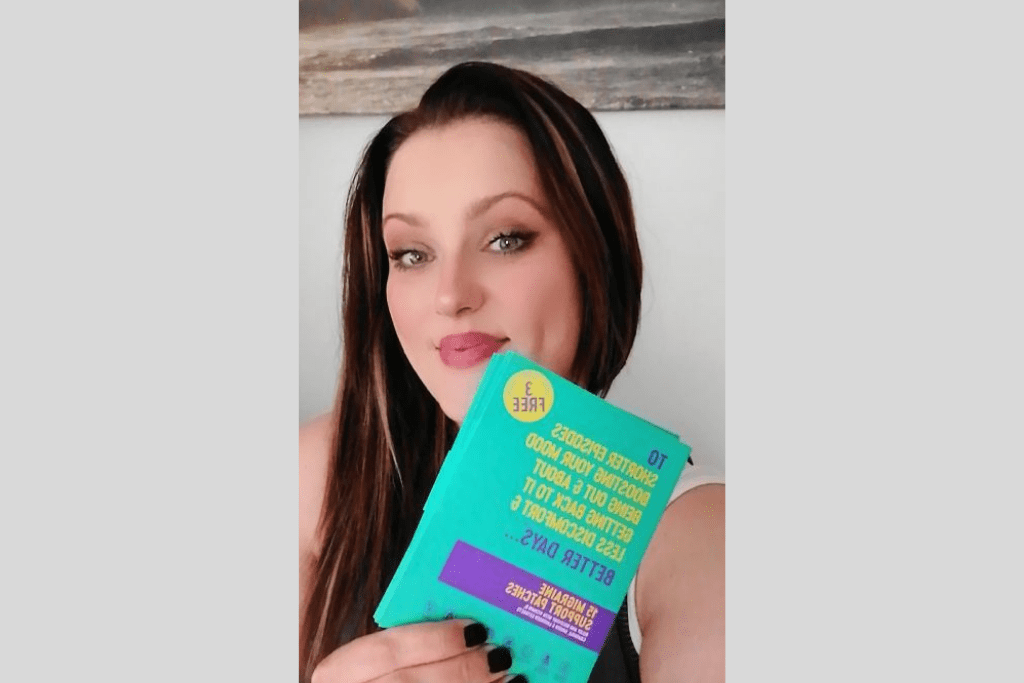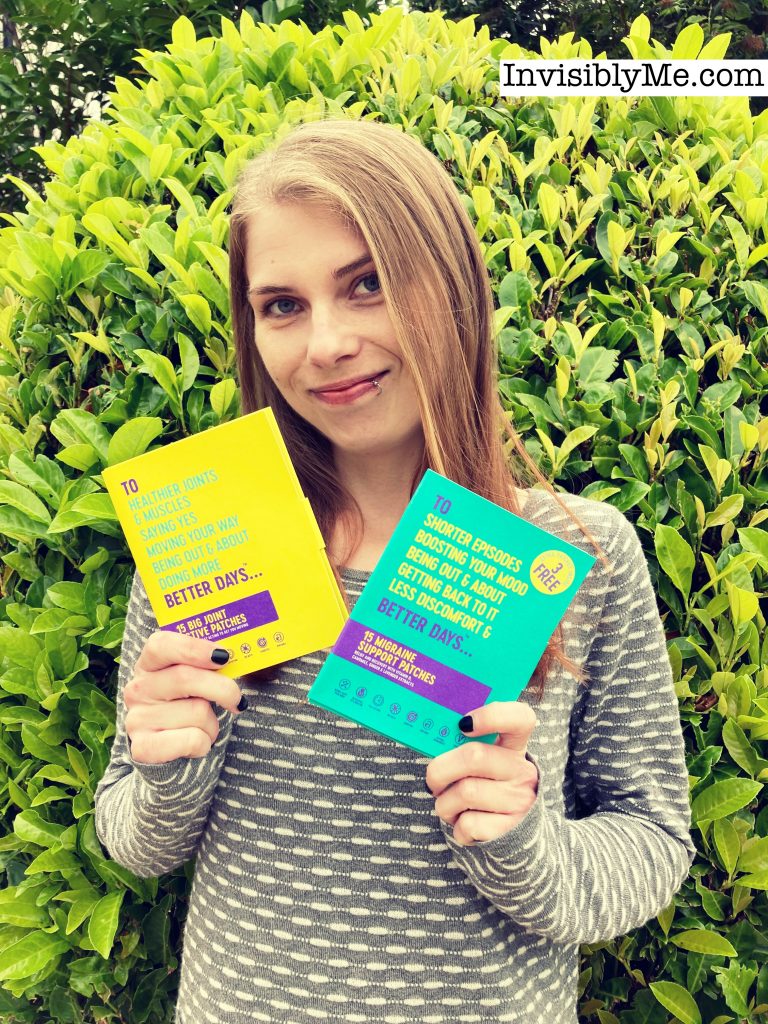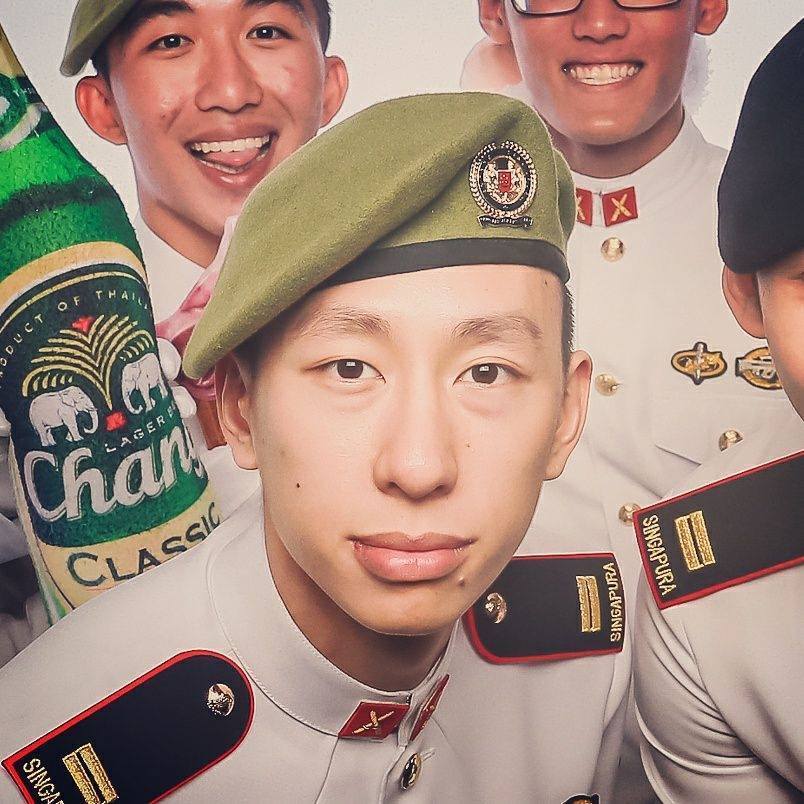
30-year-old Calvin has trained in various martial arts since the age of 13. In his youth he would train between three and six hours a day on weekdays – up to eight on weekends – without proper training recovery. When he joined the army and progressed as an officer, he constantly pushed himself too hard, resulting in lots of tendonitis and repetitive strain injuries.
When trying To Better Days patches for the first time, Calvin initially thought that they weren’t working, as he didn’t feel any menthol effect or tingling. However, within 15 minutes, he started to feel their effects in terms of pain relief and increased movement range.
I’ve been living a “martial arts lifestyle” since the age of 13, making that 17 years as of now. Back in Singapore I started with Aikido, then practiced Tae Kwon Do and subsequently Chanbara, Capoeira, Boxing, Karate, Judo, Fencing and currently Parkour. Right after school I’d get to the dojo and practice for up to six hours, all the way into the evening. As I became really good, I started to train to compete.
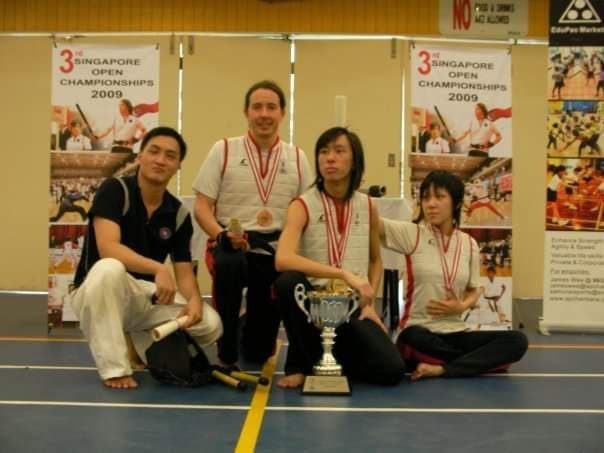
In Singapore I was introduced to Chanbara – a martial art with weapons – at a stage when only 300 people were practising it. I did my first regional tournament and met some amazing people – virtually everybody knew each other and really knew what they were doing.
Pushing Myself Much Harder
I upped my training intensity after the tournament, sometimes foregoing food and training in a low-energy state, which lead to more body injuries. Chanbara involves a lot of stamping feet and repetitive, single-arm movements. Because sport science wasn’t as established in Singapore back then, post-training recovery was not a thing we really cared about.

I started to get ranked in the regionals, then in national tournaments. When I joined the army and progressed as an officer, I asked my coach to push me much harder and as a result came home sore every day – the knee pain would sometimes last for a week. I also started training with Airsoft weapons and metal weapons, which caused damage to my shoulders. Now the nerve in my right shoulder is pinched, preventing me from doing a lot of raised arm movements.
Starting Parkour was good for me, as it was just me pushing against myself – however, here again I pushed myself too hard. I once tried to see the maximum effort I could exert when I was cold – that triggered the patellar tendinopathy and my knee swells really fast now.
I felt really sad for three months – I thought I would have to go looking for something else, even though I really loved Parkour. I eventually continued, but without the jumping. I felt really bad for not being able to do a lot of the challenges.
View this post on Instagram
A Physiotherapist’s Advice
I went to see a physio who diagnosed me with patellar tendinopathy and uneven clavicles. There is also something wrong with my hips, which is so far undiagnosed.
My options for recovery were surgery or slow rehab. I preferred avoiding surgery, so I opted for slow recovery through strengthening my deadlifts and putting a lot of time and energy into warm-ups and stretching. I can now jump a bit more, although when I try to do one big jump it doesn’t go too well.
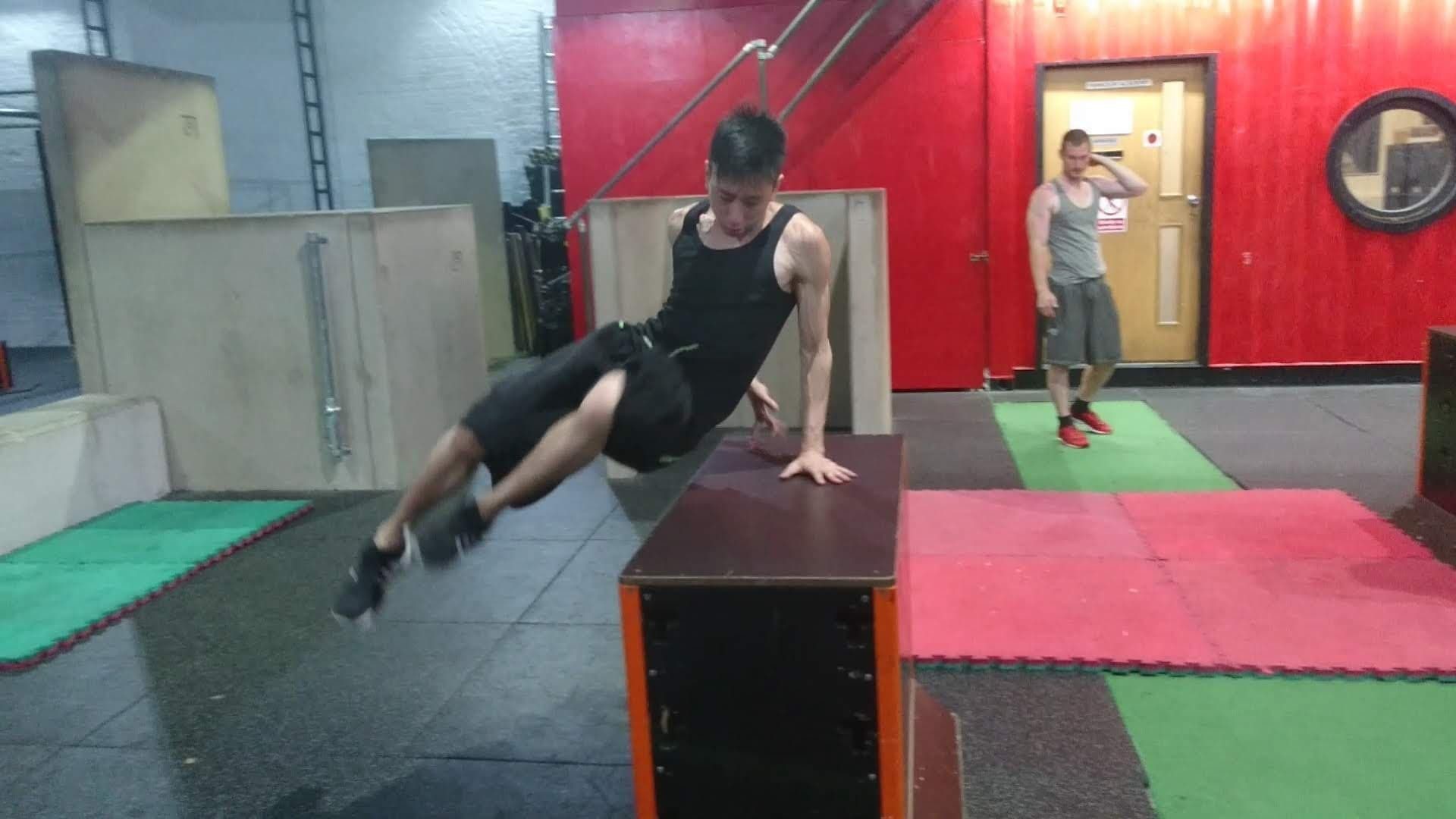
Teaching and Training with Chronic Pain
I moved to London five years ago, where I teach and coach at the gym alongside my day job. I teach beginners to intermediates with one to three years of experience. Often I need to demonstrate moves but sometimes I’m not able to because of my injuries. Coaching the kids is especially hard for this reason.
In terms of my own training, it’s easy for me to feel inferior to my peers in terms of performance. A lot of time I train together with friends – my community – and I get sad feeling like I’m wasting everyone’s time. I cannot make certain movements, and I’m not sure if I will ever be able to again. Doing something else to make up for these limitations still feels more like making an excuse than truly taking care of myself.
Painkillers or a More Permanent Fix?
At the very beginning when I’d just started Parkour, I used to take painkillers before training, but this made me less aware of my physical senses. I didn’t feel as sharp and present as I otherwise was. I haven’t considered any other type of pain treatment, mainly because I’m not familiar with any. I definitely prefer a more permanent fix over short-term pain relief, although painkillers could help me push a bit more during my rehab sessions.
My Advice to Young Martial Arts Practitioners
You have to accept that when you compete at a high level of martial arts, you’ll definitely have an injury at some point or another. The stress that you put your body under is simply too much – the damage builds up, and bodies do not last forever. I now think that growing at a slow, incremental pace is better.
My advice to young practitioners is: if you have some kind of pain, speak to somebody about it. You might be able to find support and they might be able to share their knowledge and advice about how to protect your body.
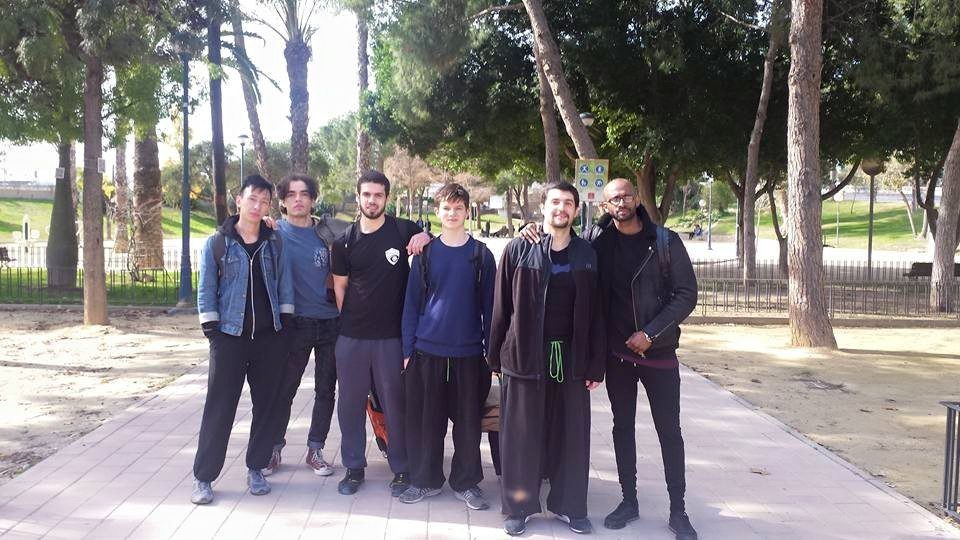
My To Better Days Patch Trial
In February 2020, To Better Days offered me a free pack of patches to try at home. I decided to use them to support my training efforts.
I received the pack, and thought it was really nicely packaged. The patches were semi-translucent and each one had a film backing. On the first day, I used them on my hamstrings as I had a pulled hamstring from the week before. They conformed well to my body shape and were easy to administer.
I had expected it to be like a regular muscle patch with a menthol effect – like one of the Salonpas or Tiger Balm patches – so when I put it on and felt nothing, I thought it wasn’t working. However, when I started walking up the stairs, the effects became apparent. I kept the patch on for 16 hours and took it off when I showered the following morning.
In the following days, I applied the patches to various other muscle groups including the VMO and the lower back. The effects were similar: I started to feel less pain in the muscle group where I applied the patch about 15 minutes into the session. What’s more, I noticed some improvement in my movement range, which was very promising.
Overall, I feel that To Better Days’ patches helped my training efforts and I’d recommend them to other sportsmen and martial artists to help improve their muscle health. I look forward to experimenting more with them in the future.
Pain Stories Disclaimer:
- These are real people with real pain stories
- To Better Days products were given for free to these users as part of a consumer trial
- All responses are genuine and not modified/influenced by To Better Days
- Users has been remunerated for their time for trying the product and sharing their story

